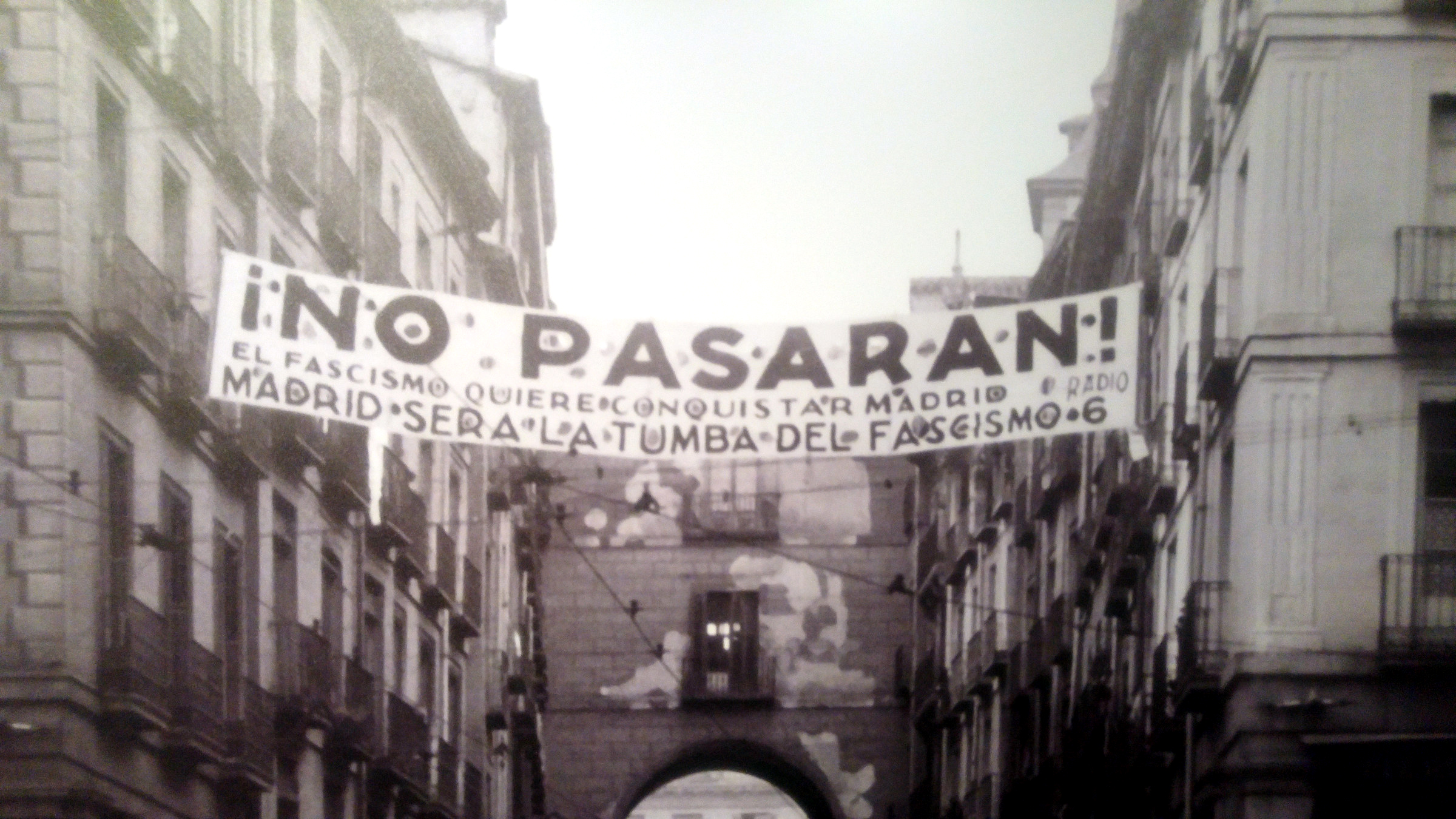
- Madrid, 1939. Before the city fell into the hands of the Francoists, it was considered the capital against global fascism, thanks to the propaganda of the republican government and the famous anti-fascist intellectuals who passed there during the war. The winners thought of changing the capital to Seville, Salamanca or Burgos to get rid of its taste in Madrid. But they decided to change Madrid itself. Historian Pablo del Hierro has just met in Madrid, a (neo-)fascist metropolis ("Madrid, metropoli (neo)fascist", Critic, 2023).

As a young woman from Madrid, Del Hierro saw the influence of the extreme right in the city as young. Among other things, the Atlético de Madrid was in the football field when the fascist fans of its endearing band killed Aitor Zabaleta. “That stayed in my head and, although it is not the only reason, it is one of the things that has led me to write the book.”
As soon as they took Madrid, the Francoists began to change the image of the city: they changed the names of the streets, made a strong repression in some neighborhoods, started some urban project, invited personalities from Italy of Mussolini and from Hitler’s Germany…
At the end of World War II, Madrid became the ratlines station, the refuge of the criminal wars that were fleeing. They were fairly informal structures made up of important members of fascist regimes, such as those that helped the head of the secret services of Mario Roatta Mussolini to reach Madrid. Louis Darquier de Pelleix, in charge of the expulsion of the Jews from France, also hid in Madrid with his help, as did others who collaborated with the Third Reich. It's hard to know exactly how many they were, but Iron thinks they were at least a few hundred.
The comfort of the cold war
While the Cold War is coming, the fascists hiding in Madrid were meant to survive, but from 1949 they began to rebuild their economic and political activity.
Thus, Italian General Gastone Gambara would be the main intermediary of the wheat trade between Argentina and Spain. Former SS colonel Otto Skorzeny created companies dedicated to imports and exports, even during his stay in Markina-Xemein with the production of weapons, and tried to organize armies in secret. The Belgian León Degrelle spent 50 years in Madrid after an emergency landing at the Concha de San Sebastian in 1945 and had relations with the neo-fascist groups of the 1960s and 1970s. On the other hand, several South American dictators ended up in Madrid around the extreme right network: Marcos Pérez Jiménez, Fulgencio Batista, Ramfis Trujillo…
At the end of World War II, Madrid became the ratlines station, the refuge of the criminal wars that were fleeing
New fascists 70
A while later, a new generation of far-right militants gained strength in the city in the 1970s. These young people, who did not experience the Spanish Civil War of 1936, were critical of the Franco regime and believed that it was necessary to act beyond speeches, violence. The Young Europe of Vicente Talón and the New Force of Blas Piñares were mainly organized. This led to enormous spiral violence. In Madrid, two neo-fascist organizations competed to show which was more radical.”
Thus, an environment conducive to a coup was being promoted. But when the 1981 coup failed and in 1982 the PSOE won the elections, they had to go back. Here ends the road that Pablo del Hierro takes, but not the extreme right. “It’s still to know what the VOX has taken in Madrid from the extreme right-wing voices they had for decades.” 40 years ago they had to go back and think about new strategies, but Madrid was not the burial of fascism.